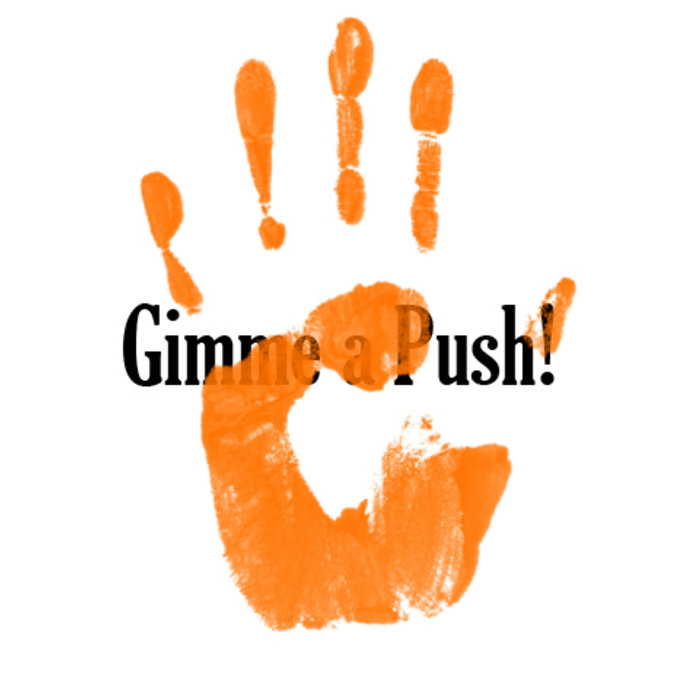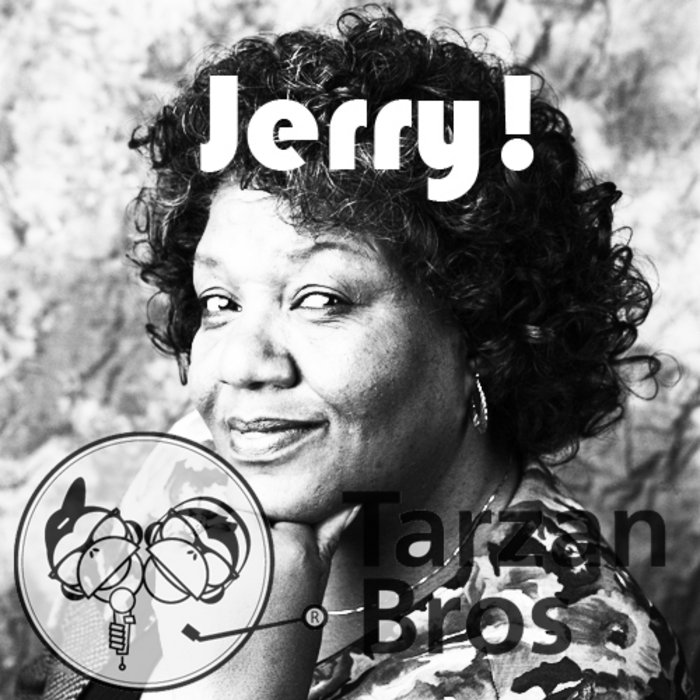
Apartheid Of Thoughts – Tarzan Bros
this blog is GROOVY – check out great Soul, Funk, Jazz, Hip Hop, Bass, Breaks , Reggae, House n many more TUNES
Hey, music lovers! Let’s take a groovy ride through the colorful landscape of Latin Breaks. It’s all about those infectious rhythms that get your body moving and soul grooving. Buckle up as we explore its roots, evolution, and some hilarious tidbits about artists who made it all happen!
Latin Breaks is like that spicy salsa on your nachos—bringing together different flavors to create something unforgettable! Its origins stretch back to the 1960s when you had a bunch of bohemian musicians mixing jazz, funk, and traditional Latin sounds.
Think about it: you’ve got jazz drummers locking in with Afro-Cuban rhythms while saxophones serenade like they’re whispering sweet nothings into the night air. The result? Pure magic! You can hear this blend come alive in the recordings of legends such as Tito Puente and Mongo Santamaría.
The ‘70s hit hard with breakdancing emerging from urban streets. DJs discovered that dropping funky breaks from disco tracks would get people moving their feet like nobody’s business! Suddenly, those sizzling Latin beats found a new home on hip-hop dance floors across America.
Now check this out—one day during a breakdancing competition, DJ Kool Herc decided to spin a record featuring “Apache” by Incredible Bongo Band alongside some hot Latin percussion tracks. The crowd went wild! That moment sparked what we know today as Latin Breaks—a fusion for the ages!
As the genre evolved throughout the ’80s and ’90s, so many different styles got thrown into the mix—reggae grooves here, electronic beats there—you name it! Artists weren’t shy about blending genres; they were practically slapping musical ingredients together like mad scientists in their labs.
Take fan-favorite group Ozomatli, for example. These LA natives fuse everything from cumbia to ska while throwing down messages of social change—and yes, they even won a Grammy or two along the way!
Let’s lighten things up with some funny quirks related to our favorite musicians within this realm:
Tito Puente: Known as “The King of Mambo,” Tito once joked that he could play his timbales better than anyone else because “it was just another form of therapy.” Imagine him shaking off stress by whacking those drums instead of chilling out at a spa!
Willie Colón: This salsa legend had quite an adventure during his early years playing trombone—it’s said he snuck into various clubs underage just so he could perform despite being too young for entry himself! Talk about dedication (or mischief)!
Carlos Santana: Famous for his guitar riffs that make you feel things deep inside; Carlos has also been known to give impromptu performances anywhere—even at family gatherings where someone yells “play us something!” Now that’s living life on tour mode!
Celia Cruz: La Reina de Salsa made her mark not just through powerful vocals but also her love for wigs—legend has it she owned over 100 pairs which she referred to affectionately as her “wonderful children”. We can only imagine how lively her dressing room must’ve been before shows!
Fast forward to today—we’re still feeling these vibrant Latino vibes mixed into pop culture everywhere you look (and hear!). From Bad Bunny topping charts using reggaeton-infused beats laced with samples reminiscent of classic mambo tunes—to artists like J Balvin bringing fresh twists alongside collaborations with mainstream heavyweights—the spirit lives on.
And let’s not forget those mash-ups happening online; influencers are taking these classic rhythms and pairing them seamlessly with contemporary hits often leading listeners down memory lane wrapped around catchy hooks that’ll stick in your mind longer than last week leftovers… Yikes!
So friends, whether you’re stepping onto a dance floor or simply vibing at home—you now know how Latin breaks transcended generations while making us laugh along its journey too! Dive deep into playlists filled with cumbia mixes or taste test different styles until one makes your heart race faster than ever.
Remember: keep an ear out for both old-school gems AND exciting new releases because music evolves but never really goes away—it just gets funnier (and funkier) each decade onward!.
Keep dancing folks ☀️💃🕺

Apartheid Of Thoughts – Tarzan Bros

Gimme a push! – Tarzan Bros

Oh Malecon! – Tarzan Bros

Jerry (TarzanBros Remix) – Tarzan Bros